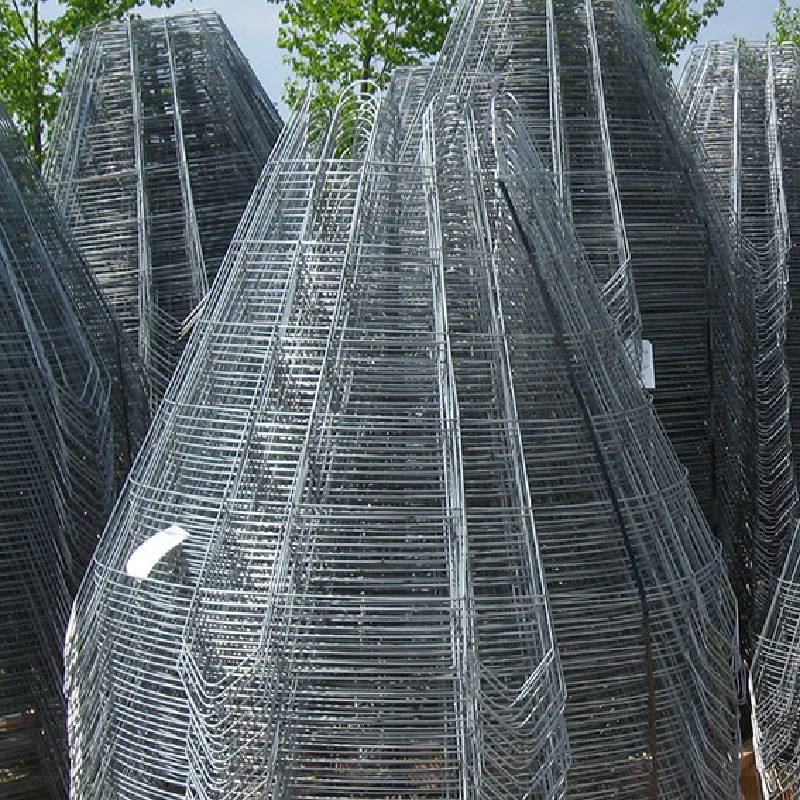
- Mobile Phone
- +8613931874955
- sales@cntcmetal.com
Guide to Sizes of Welded Wire Mesh for Concrete Reinforcement Applications
Understanding Welded Wire Mesh Concrete Reinforcement Sizes and Applications
Welded wire mesh is an essential component in the construction industry, specifically used for reinforcing concrete. Its ability to provide structural integrity while minimizing cracking and settling has made it a preferred choice among builders and engineers. Understanding the different sizes and specifications of welded wire mesh is crucial for ensuring its effective application in various concrete projects.
What is Welded Wire Mesh?
Welded wire mesh, also known as welded wire fabric (WWF), consists of a series of longitudinal and transverse wires that are welded together at their intersections. This creates a grid-like structure that can be used to reinforce concrete slabs, walls, and foundations. The use of welded wire mesh helps to distribute loads evenly across the concrete surface, enhancing its strength and durability.
Sizes of Welded Wire Mesh
When selecting welded wire mesh for a project, it’s essential to understand its sizing and specifications. The sizes of welded wire mesh are defined by the diameter of the wire and the spacing between the wires. The most common wire diameters used in welded wire mesh range from 6 gauge (0.192 inches or 4.87 mm) to 10 gauge (0.1019 inches or 2.59 mm).
The spacing between the wires can vary greatly, with standard options including 4x4 inches (102x102 mm), 6x6 inches (152x152 mm), and even smaller sizes. This flexibility allows engineers to choose the right configuration that meets the specific load requirements and project conditions.
Choosing the Right Size
Selecting the appropriate size of welded wire mesh is crucial for achieving the desired strength and stability of the concrete. Several factors should be taken into consideration when choosing the size
1. Load Requirements The weight that the concrete structure is meant to support significantly influences the size of the welded wire mesh. Heavier loads typically require larger wire diameters and closer wire spacing to prevent failure.
welded wire mesh concrete reinforcement sizes

2. Thickness of Concrete The thickness of the concrete slab also determines the selection of welded wire mesh. Thicker slabs may require more robust mesh to provide adequate reinforcement.
3. Environmental Conditions Factors such as soil type, moisture levels, and exposure to harsh weather can affect the integrity of concrete. Choosing the right welded wire mesh size can enhance resistance to these conditions.
Applications of Welded Wire Mesh
Welded wire mesh is versatile and suitable for a wide range of applications, including
- Floors and Slabs It is commonly used in residential and commercial flooring to enhance load-bearing capacity and minimize cracking. - Walls and Foundations In reinforced concrete walls and foundations, welded wire mesh adds strength and stability, helping to prevent structural failure.
- Pavements and Driveways Incorporating welded wire mesh into pavements and driveways results in a robust surface that can withstand vehicular traffic and environmental stressors.
- Residential and Commercial Construction Welded wire mesh is used in both small scale residential projects and large commercial buildings, providing consistent reinforcement that enhances overall safety and longevity.
Conclusion
Understanding the sizes and specifications of welded wire mesh is vital for its effective use in concrete reinforcement. By considering factors such as load requirements, concrete thickness, and environmental conditions, builders can select the appropriate size to ensure structural integrity. Its versatility allows for a wide range of applications, making welded wire mesh a staple in construction. Whether for residential drives or large commercial slabs, the right choice of welded wire mesh can significantly enhance the durability and performance of concrete structures, leading to safer and more reliable buildings.
share:
-
Why Sacrificial Formwork Is Redefining Underground ConstructionNewsJun.06,2025
-
The Structural Dynamics of Modern Concrete: How Snake Spacers Revolutionize Flexible ReinforcementNewsJun.06,2025
-
Snake Spacers Smart-Lock Concrete Reinforcement with Surgical PrecisionNewsJun.06,2025
-
Snake Spacers: Reinforcement Precision for Modern Concrete ProjectsNewsJun.06,2025
-
Snake Spacers Powering Concrete's Structural DNANewsJun.06,2025
-
Slither into Success: Snake Spacers' Precision Bite for Unbreakable ReinforcementNewsJun.06,2025
-
Sacrificial Formwork: Building Stronger, Faster, and Safer StructuresNewsJun.06,2025



















